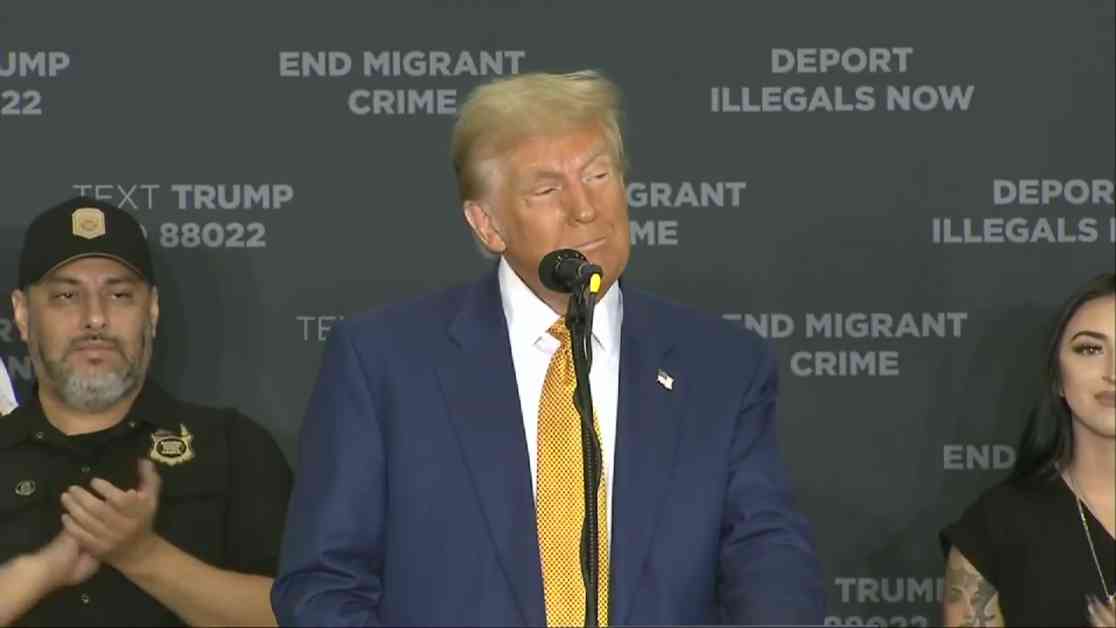President-elect Donald Trump has announced his plans to impose new tariffs on Mexico, Canada, and China as soon as he takes office. These tariffs could potentially increase prices on a wide range of products, from gas to automobiles to agricultural goods. The U.S. is heavily reliant on these three countries for imports, with Mexico, China, and Canada being the top three suppliers, according to U.S. Census data.
Trump made these threats on his Truth Social site, expressing concerns about illegal immigration and drug trafficking. He stated that he would sign necessary documents to impose a 25% tariff on all products coming from Mexico and Canada, citing issues with crime and drugs entering the country. Additionally, he mentioned imposing an additional 10% tariff on Chinese products due to concerns about drug trafficking.
It remains to be seen whether Trump will follow through with these threats, or if they are simply part of a negotiation strategy. His nominee for treasury secretary, Scott Bessent, has previously mentioned that tariffs can be used as a tool for negotiation in achieving foreign policy objectives.
The timing of these tariff threats is interesting, as border apprehensions from Mexico have been on the decline, while apprehensions from Canada have been increasing. The rise in arrests for illegally crossing the border from Canada has raised concerns about human smuggling operations, with recent convictions related to a tragic incident involving Indian migrants freezing to death while attempting to cross the border.
The implications of these proposed tariffs could have significant economic impacts on Canada and Mexico, particularly given their reliance on trade with the U.S. Trump’s previous actions to renegotiate NAFTA and consider tariffs on the Canadian auto sector have already caused fluctuations in foreign exchange markets.
The future of the USMCA trade deal, which replaced NAFTA, could also be called into question if these tariffs are implemented. The deal is set to be reviewed in 2026, and any disruptions to trade relations with Canada and Mexico could have long-lasting effects.
It is important to note that previous tariff actions by Trump during his first term led to retaliatory tariffs from other countries. Canada, for example, imposed duties on U.S. products in response to new taxes on Canadian steel and aluminum. The impact of these tariffs goes beyond just economic consequences, as they can also strain diplomatic relations between countries.
Overall, Trump’s proposed tariffs on Mexico, Canada, and China signal a shift in trade policy that could have far-reaching implications for the global economy. It will be crucial to monitor how these threats are carried out and how other countries respond in the coming months. Stay tuned for updates on this developing story.


